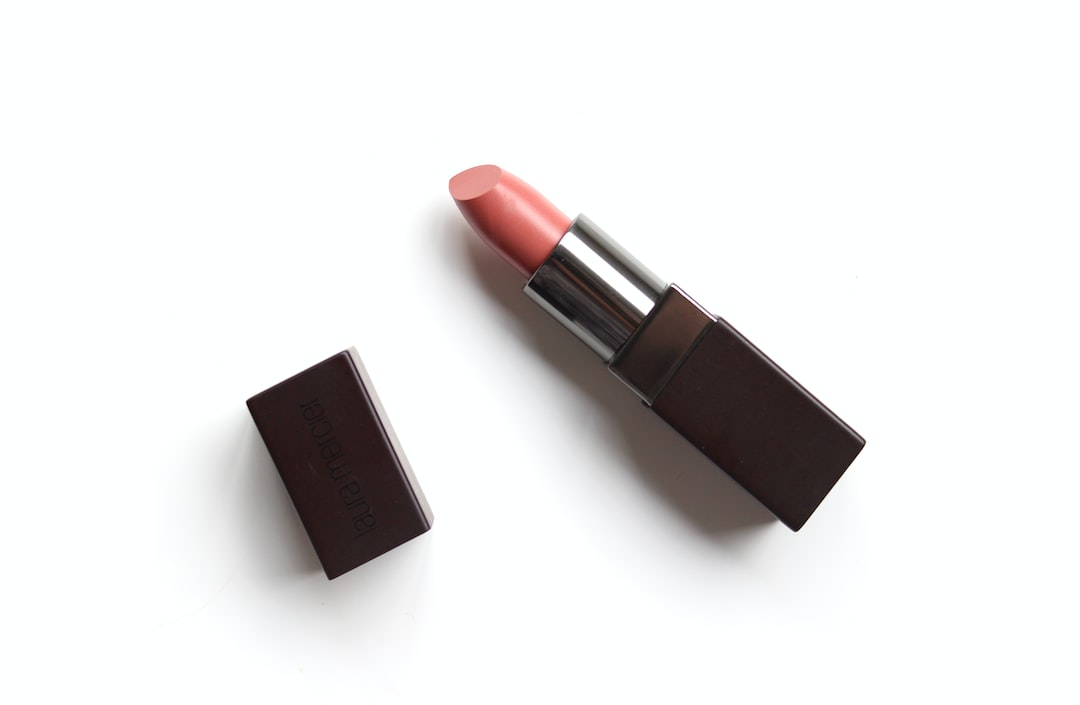The Pros and Cons of Popular Hair Straightening Methods
Having straight hair has always been a dream for many individuals. It enhances their overall appearance and gives them the freedom to experiment with different hairstyles. With the advancements in technology, there are now various hair straightening methods available in the market. However, each method has its pros and cons. In this blog post, we will discuss the pros and cons of popular hair straightening methods.
1. Chemical Straightening:
Chemical straightening, also known as a relaxer, involves applying a chemical solution to break the hair’s natural bonds and reshape it permanently. This method provides long-lasting results, usually lasting for several months. It is suitable for individuals with excessively curly or frizzy hair. However, there are some drawbacks to chemical straightening as well.
Pros:
– Long-lasting results: Unlike temporary straightening methods, chemical straightening provides a permanent change in the hair’s structure.
– Low maintenance: Chemically straightened hair requires less maintenance compared to other methods. It stays straight even after showering or swimming.
Cons:
– Hair damage: Chemical straightening involves the use of strong chemicals, which can cause damage to the hair fibers. It can lead to dryness, breakage, and split ends.
– Scalp irritation: The chemicals used in the process may irritate the scalp, resulting in redness, itching, or burning sensations.
– Regrowth issues: As the hair grows, the new roots will be curly or frizzy, requiring regular touch-ups to maintain a consistent straight look.
2. Thermal Straightening:
Thermal straightening, commonly known as hair rebonding, involves using heat to break the hair’s natural bonds and reshape it permanently. It is suitable for individuals with wavy or mildly curly hair. Let’s explore its pros and cons.
Pros:
– Long-lasting results: Similar to chemical straightening, thermal straightening provides long-lasting results. Once the hair is straightened, it remains straight until regrowth occurs.
– Versatility: Rebonded hair can be styled in various ways like curling or putting it into an updo. It gives individuals the opportunity to switch up their hairstyles easily.
Cons:
– Hair damage: The excessive heat used during thermal straightening can cause damage to the hair shafts. It might result in dryness, brittleness, and even hair breakage.
– Expensive and time-consuming: Thermal straightening is a time-consuming process, often taking several hours to complete. Additionally, it can be quite expensive as it requires professional expertise and high-quality products.
3. Keratin Treatment:
Keratin treatment involves applying a keratin-infused solution to the hair, which is then sealed in using a hot iron. This method is suitable for individuals with frizzy or damaged hair.
Pros:
– Smooth and shiny hair: Keratin treatment leaves the hair looking smooth, shiny, and healthy. It helps to control frizz and provides a sleek appearance.
– Reduced styling time: After a keratin treatment, hair becomes more manageable, making it easier to style. It requires less effort to straighten the hair using heat tools.
Cons:
– Temporary results: Keratin treatments are not permanent and typically last for a few months. The effects gradually fade away as hair regrows from the roots.
– Harmful chemicals: Some keratin treatments contain formaldehyde, a chemical that is considered toxic and might cause health issues when inhaled. However, there are formaldehyde-free options available in the market.
4. Temporary Straightening:
Temporary straightening methods include using heat tools such as flat irons or blow dryers to straighten the hair for a short period. This method is suitable for individuals who desire occasional straight hair.
Pros:
– Instant results: Temporary straightening methods provide instant results, allowing individuals to switch between straight and curly hair whenever they want.
– Minimal damage: When used correctly and with heat protection, temporary straightening methods can cause less damage compared to permanent methods.
Cons:
– Frequent styling: Temporary straightening requires regular use of heat tools, which can lead to dryness, breakage, and split ends over time. It is essential to use heat protection products and avoid excessive heat exposure.
– Short-lasting: The effects of temporary straightening methods typically last until the next time the hair is washed or exposed to humidity. It requires more frequent touch-ups to maintain the desired look.
In conclusion, there are several hair straightening methods available, each with its own set of pros and cons. It is crucial to consider factors such as hair type, desired results, and the level of commitment before deciding on a method. Consulting with a professional hairstylist can help determine the most suitable option for your specific needs. Remember, prioritizing the health and integrity of your hair should always be a top priority.


